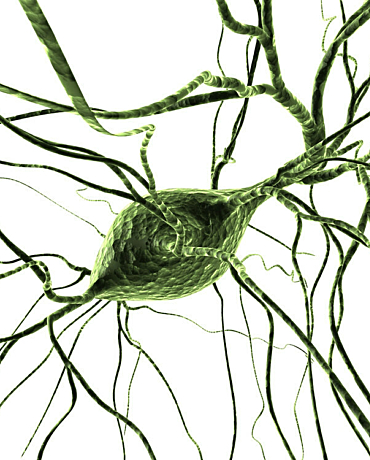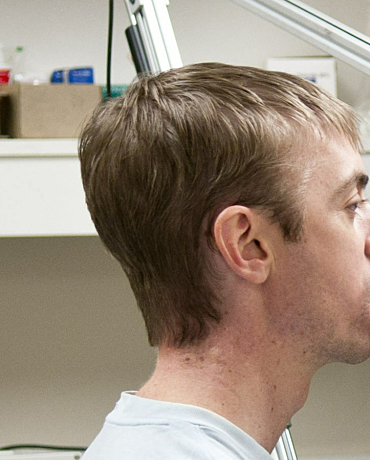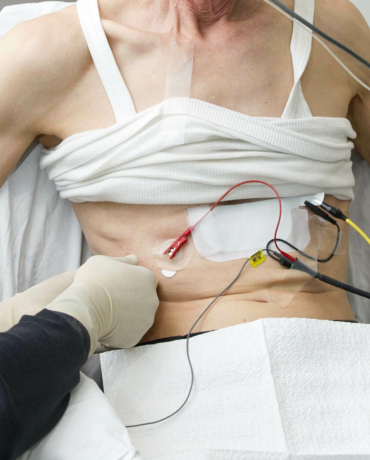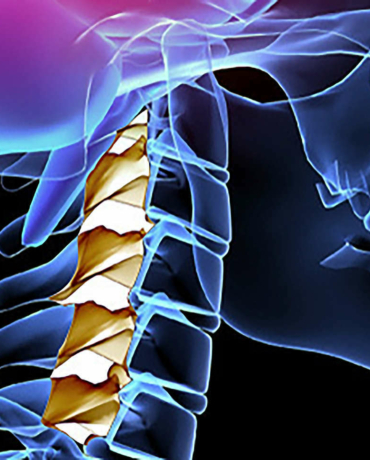Neural injury
Injury is the leading cause of death for people under 45 years of age. Our research ranges from basic research on the mechanisms of injury, to developing improved treatments for people post-injury.
Injury is the leading cause of death for people under 45 years of age. Our research ranges from basic research on the mechanisms of injury, to developing improved treatments for people post-injury.

We are studying how these injuries occur, and how changes to the types and design of restraints used by children and passengers in the rear seat of cars can reduce serious injuries and death.
NeuRA’s research is directed towards understanding the mechanisms of spinal injury in children, and improving child restraints used in cars.
Specific issues we are investigating include whether children use restraints correctly and whether the rear seat restraints perform as well as those for front seat passengers. Fundamental to this work is understanding the differences between injuries in children and in adults. This includes researching differences in body tissues, height, load tolerance, how stiff they are, and how these factors, along with developmental changes, affect the types of injury that children sustain.
We are also using MRI techniques to measure the stiffness of body tissue in live human subjects in ways that have previously been impossible. This is allowing us to examine changes in tissue in brain cancer, in a condition called hydrocephalus (fluid accumulation in the brain) and also in muscles after injury. This technique also has applications beyond road trauma research, such as assessing changes in tissue stiffness in some diseases, such as cancer.
The way mechanical forces affect the tissues of the human nervous system is also an area of research for NeuRA. This ranges from spinal cord and peripheral nerve injury to chronic conditions such as syringomyelia and hydrocephalus. Recent work on the mechanical factors in spinal cord injury has shown that the difference in spinal cord injury incidence and severity between adults and children is influenced both by fundamental differences in the spinal column flexibility and stiffness.
Through this ongoing research, we have discovered the following:

Senior Principal Research Scientist
Every dollar of community support enables our scientists to continue making life-changing discoveries that contribute to a brighter and healthier future.
Run, swim or bake your way to making a positive difference in the lives of people touched by brain and nervous system disorders.
Stay informed about our latest research breakthroughs, scientific discoveries and the incredible minds behind them – subscribe today.
Neuroscience Research Australia respectfully acknowledges the Bidjigal and Gadigal peoples of the Eora Nation as the Traditional Owners of the Land on which we stand and pay our respects to Elders past and present.
Redevelopment of the NeuRA website has been made possible by the generous support of Conexus Financial.






